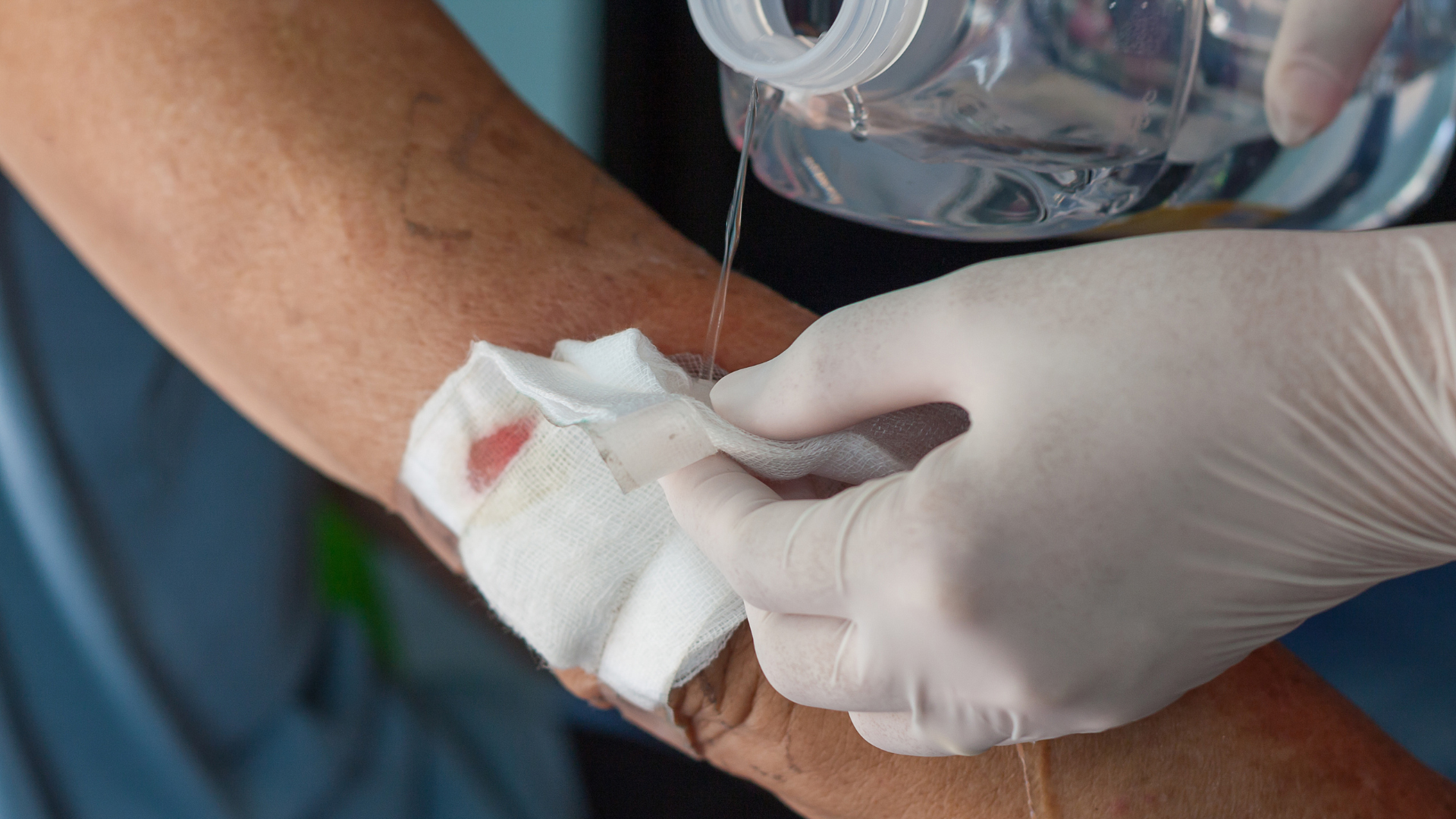
Uso corretto dell’acqua ossigenata nelle ferite – Guida Pratica
Scopri come utilizzare correttamente l'acqua ossigenata per pulire e disinfettare le ferite senza danneggiare i tessuti.
L’acqua ossigenata, o perossido di idrogeno, è un prodotto comune nei kit di pronto soccorso, come PVS abbiamo deciso di creare un articolo utile ai nostri rivenditori e agli utenti finali. Usata per pulire la pelle attorno alle ferite e prevenire infezioni, la sua azione effervescente aiuta a rimuovere sporco e detriti. Tuttavia, è fondamentale capire quando e come usarla per evitare effetti negativi. Questa guida esplora l’uso corretto dell’acqua ossigenata per garantire una guarigione sicura.
Che cos’è l’acqua ossigenata e come funziona?
L’acqua ossigenata è una soluzione contenente perossido di idrogeno (H₂O₂), solitamente tra il 3% e il 6% per uso domestico. Quando applicata attorno a una ferita, si decompone in acqua (H₂O) e ossigeno (O₂), creando bolle che riducono il rischio di infezione.
Quando usare l’acqua ossigenata sulle ferite?
L’acqua ossigenata è utile per:
- Ferite superficiali e tagli: Per la pulizia iniziale della pelle attorno a tagli e graffi.
Come usare correttamente l’acqua ossigenata
- Detergere la ferita: Sciacquare con acqua corrente pulita.
- Applicare l’acqua ossigenata: Versare o applicare con una garza sterile attorno alla ferita.
- Risciaquare: Risciacquare con acqua o soluzione salina sterile la ferita.
- Asciugare e coprire: Asciugare con una garza sterile e coprire.
Quando evitare l’acqua ossigenata?
Non usare l’acqua ossigenata per:
- Ferite profonde o chirurgiche.
- Uso prolungato: Evita l’uso prolungato per prevenire irritazioni.
- Ferite suturate: Potrebbe interferire con la guarigione.
Alternative all’acqua ossigenata
Considera l’uso di soluzioni saline sterili o disinfettanti più delicati come la clorexidina.
Conclusione
L’acqua ossigenata è utile per il trattamento delle ferite, ma va usata con cautela, continua a seguirci o scopri il prodotto in questa pagina.




